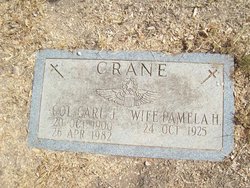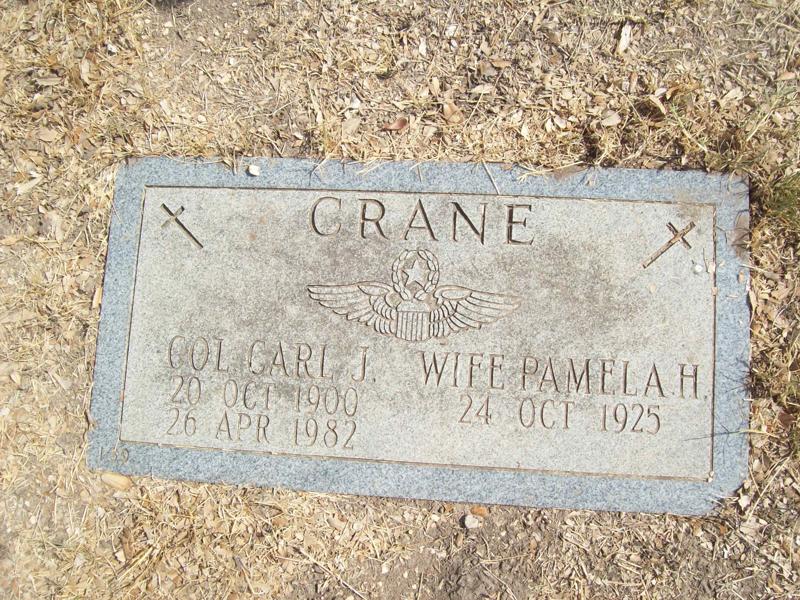Grandpa did not attend West Point, but he was an instructor there for a time, which is how and where he met his first wife Helen (Nancy) Wells. Marriage Date: July 11, 1925, In Manhattan, NY.
Carl studied at St. Mary's University, San Antonio, and the University of Dayton (Ohio), where he received the bachelor (1924) and the master of mechanical engineering (1934) degrees. After graduating from the United States Army Advanced Flying School at Kelly Field in 1925, he spent two years with the First Pursuit Group at Selfridge Field in Michigan, and then for five years was a flight instructor at Kelly, Brooks, and Randolph fields in Texas. In 1929 he teamed with William C Ocker to devise revolutionary flying systems and to write the world's first manual for instrumental flight, Blind Flight in Theory and Practice (1932).
On August 23, 1937, at Wright-Patterson Air Force Base, Carl Crane made the world's first fully automated landing, for which he had designed the key instruments. He served in military aviation until 1949.
Crane was a member of the Daedalians and of the Institute of Navigation, a fellow of the American Institute of Aeronautics and Astronautics, and the holder of the Mackay Trophy, the Distinguished Flying Cross, and distinguished alumnus awards from both St. Mary's and the University of Dayton. In 1979 he received the Flight Safety Foundation's Pioneer Award.
Much of Col. Carl Crane's Air Force Biography is from (http://www.tshaonline.org/handbook/online/articles/fcr56 )
Grandpa did not attend West Point, but he was an instructor there for a time, which is how and where he met his first wife Helen (Nancy) Wells. Marriage Date: July 11, 1925, In Manhattan, NY.
Carl studied at St. Mary's University, San Antonio, and the University of Dayton (Ohio), where he received the bachelor (1924) and the master of mechanical engineering (1934) degrees. After graduating from the United States Army Advanced Flying School at Kelly Field in 1925, he spent two years with the First Pursuit Group at Selfridge Field in Michigan, and then for five years was a flight instructor at Kelly, Brooks, and Randolph fields in Texas. In 1929 he teamed with William C Ocker to devise revolutionary flying systems and to write the world's first manual for instrumental flight, Blind Flight in Theory and Practice (1932).
On August 23, 1937, at Wright-Patterson Air Force Base, Carl Crane made the world's first fully automated landing, for which he had designed the key instruments. He served in military aviation until 1949.
Crane was a member of the Daedalians and of the Institute of Navigation, a fellow of the American Institute of Aeronautics and Astronautics, and the holder of the Mackay Trophy, the Distinguished Flying Cross, and distinguished alumnus awards from both St. Mary's and the University of Dayton. In 1979 he received the Flight Safety Foundation's Pioneer Award.
Much of Col. Carl Crane's Air Force Biography is from (http://www.tshaonline.org/handbook/online/articles/fcr56 )
Family Members
Sponsored by Ancestry
Advertisement
Explore more
Sponsored by Ancestry
Advertisement











